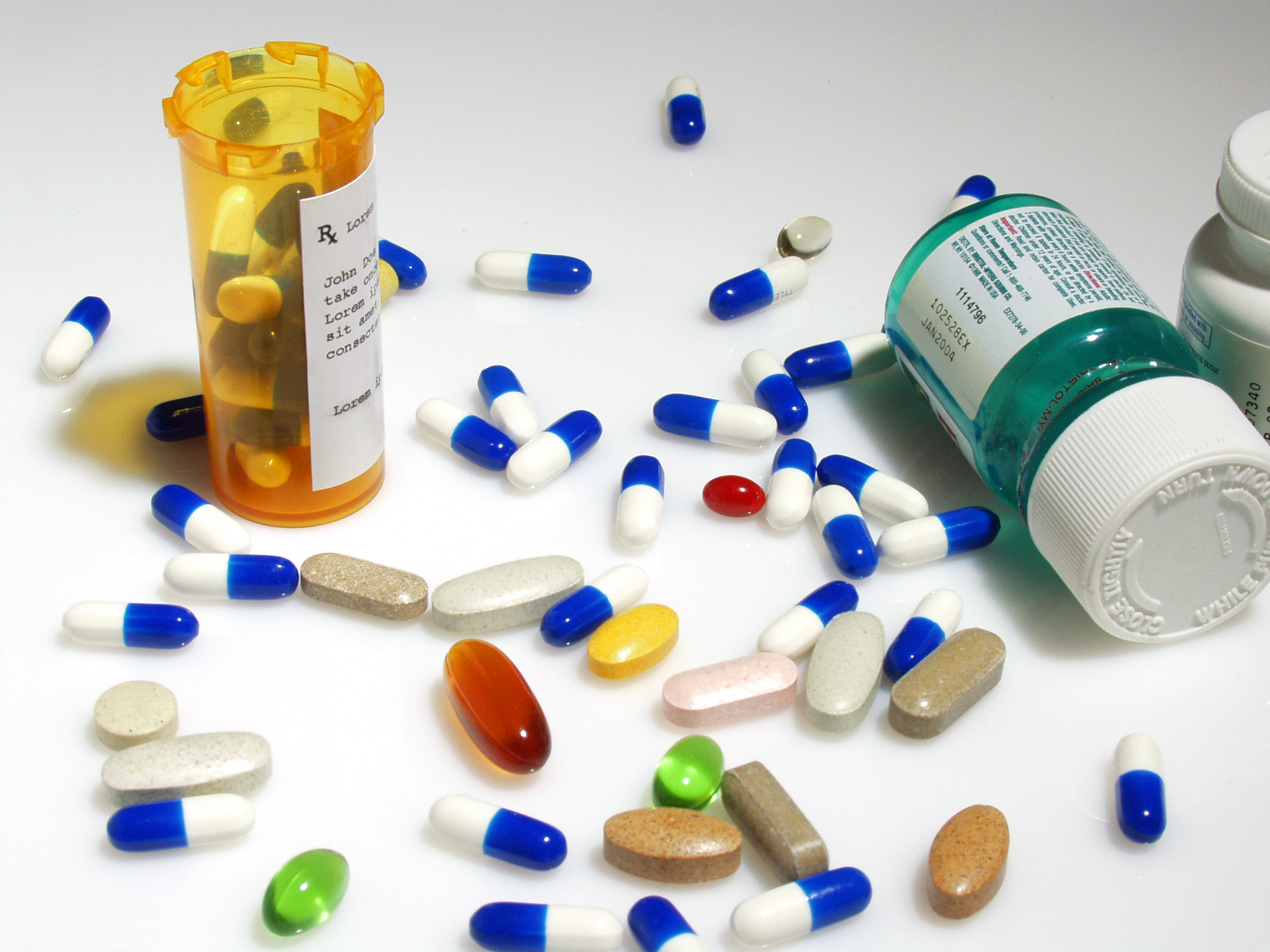Guys, I must confess this up front: I’m not sure if this will ever work. This post is an invitation to discuss things – not a statement of fact or a definite prescription to follow. Here goes, then!
1. The origins of Minimum Effective Dose (MED)
You may have guessed by now that I’m inspired by folks who experiment, measure, set goals and try to complete them. One of those must be Tim Ferriss. And his “4 Hour Body” introduced me to the principle of Minimum Effective Dose.
Basically, Ferriss states, it’s no good working on something for longer than absolutely necessary – or putting in more effort than needed. If it takes 100 degrees to boil water, 200 degrees won’t make it twice as boiled. If it takes 15 minutes to begin the chemical reactions in your skin when sunbathing, then staying in the sun for longer will just make you suffer.
The principle of MED may be applied to many walks of life – “Four Hour Body” is a guide to seeking out effectiveness in health and well-being, but the story doesn’t end there.
The question is: how could it work for language learning?
2. MED in learning languages – some research questions
I haven’t got answers here. All I can come up with is questions, doubts, hunches.
It’s likely that there are areas in language learning where time is wasted on learning too much. Grammar-heavy approach to learning any foreign language can kill the joy of communicating, take the focus away from fluency and make learners feel that they’re never ready, that there’s always another rule, structure or exception to master. On the contrary, it may take only a specific number of repetitions / uses before a structure is internalized – and working towards that number in a specific manner may be MED in its purest form.
For anyone interested in this – I think the list below may be a start of a good discussion:
- How much time, overall, is needed to learn a particular foreign language?
- How much (grammar, vocabulary, pron work) is enough to get by?
- Do the numbers above change depending on the first language of the learner? Are there any other factors likely to impact answers to 1. and 2. ?
- Where do language teachers tend to waste most time? What should they focus on instead?
- Is there an area in any given language where overlearning is, in fact, a good idea – where there’s no such thing as “too much practice”?
3. Minimum Effective Dose for Guerrilla Language Learners
In theory, the concept of MED is good news for us. We like savings: on time, money, effort – knowing that anything we save on Monday can be invested on a Tuesday. But there are several points worth considering before we happily cut down on every minute of language study.
Needs and wants: this should in general be your starting point. If you want *this* particular dialect of Spanish to impress *that* particular gentleman – practice all you want. It would probably be hard to stop you. Similarly – if you absolutely need all the Chinese business vocabulary in a hurry – there’s no point telling you to only take this in a minute at a time.
Measure, improve, repeat: Test yourself. Watch your progress. Get feedback from your colleagues. If something doesn’t work, change it. Study more or less – study differently, at different times of day, in shorter intervals. Then test it again to see if there’s any improvement!
Once a minimum, always a minimum? Let’s say you’ve found out that you only need to practise writing Japanese characters for 10 minutes a day to have good results. That’s what you’ve been doing, and that’s what’s worked for your Japanese study. But what if a writing test came along? What if you were suddenly given an assignment that required lots of writing – about unfamiliar subjects? I would change my minimum dose – or at least think about changing it. Wouldn’t you?
Learners: tell us your MED tricks. Teachers: do you go by the principle of Minimum Effective Dose in your language teaching? The comment section is open!
Wiktor (Vic) Kostrzewski (MA, DELTA) is an author, translator, editor and project manage based in London. When he works, he thinks about languages, education, books, EdTech and teachers. When he doesn’t work, he probably trains for his next triathlon or drinks his next coffee.
BRAVE Learning (formerly known as 16 Kinds) is a lifelong learning and productivity blog. If you enjoy these posts, please check out one of my books and courses.
My recent publications, and my archive, is now all available on my new project: PUNK LEARNING. Hope to see you there!


2 replies on “Minimum Effective Dose in Language Learning: how little can you do?”
Hey wiktor. My guess would be that MED means you shouldn’t try and overload students with [grammar/vocab/a long text/etc] in one go, but small chunks are better. To extend the sunbed analogy. One 15mins burst is good, but another a day or two later will increase it again (and restart the reaction). That’s just an immediate thought. I’ll revisit when I have more time. Thanks for the stimulus.
Thanks Chris – you’re totally right, it wouldn’t make sense to spend 15 mins *just once* (or 3 h on vocab in a go). But for busy folks, an idea of MED would be handy if they were planning a language “workout” they would benefit from.